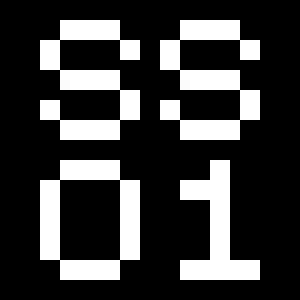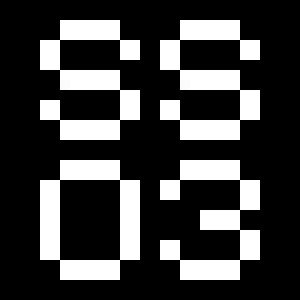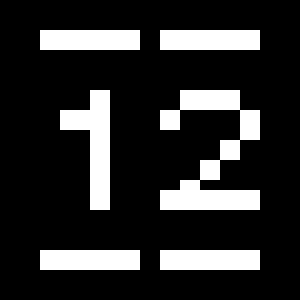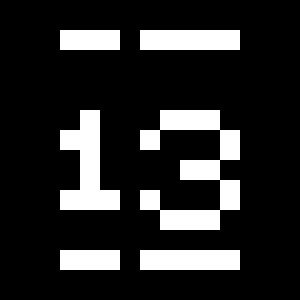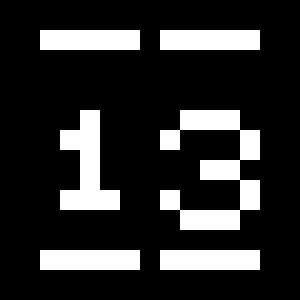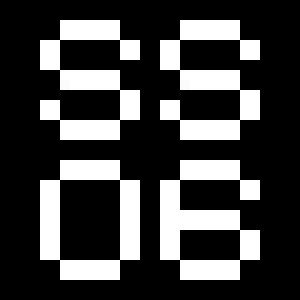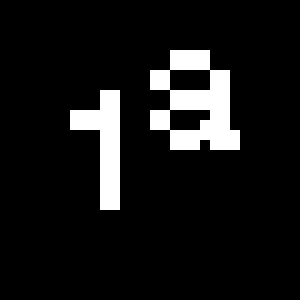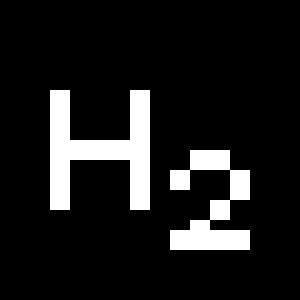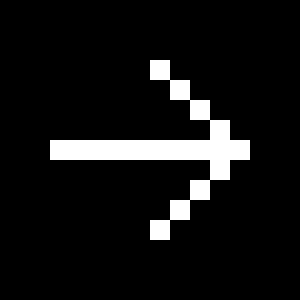Apax
OpenType Features
«Optimo»
@|¦()[]{}¿¡‹›«»-–—·
«OPTIMO»
@|¦()[]{}¿¡‹›«»-–—·
Sartoris
SŚŠŞŜȘ sśšşŝș
aáăâäàāąåǻã
Sartoris
SŚŠŞŜȘ sśšşŝș
aáăâäàāąåǻã
Sartoris
aáăâäàāąåǻã
Sartoris
aáăâäàāąåǻã
Sartoris
SŚŠŞŜȘsśšşŝș
Sartoris
SŚŠŞŜȘsśšşŝș
0123456789
0123456789
3/4 3/8 5/8 7/8
3/4 3/8 5/8 7/8
up+down
+±×÷−=≈≠¬∞
up+down
+±×÷−=≈≠¬∞
Habcdefghijklmn
Hopqrstuvwxyz()[].,
Habcdefghijklmn
Hopqrstuvwxyz()[].,
Habcdefghijklmn
Hopqrstuvwxyz()[].,
Habcdefghijklmn
Hopqrstuvwxyz()[].,
Habcdefghijklmn
Hopqrstuvwxyz()[].,
Habcdefghijklmn
Hopqrstuvwxyz()[].,
Habcdefghijklmno
Hpqrstuvwxyz()[].,
Habcdefghijklmno
Hpqrstuvwxyz()[].,
Character Map
Uppercases
Lowercases
Accented Uppercases
Accented Lowercases
Stylistic Alternates
Standard Ligatures
Punctuation
Lining Figures
Slashed Zero
Numerators
Denominators
Superscripts/Superiors
Subscripts/Inferiors
Prebuilt Fractions
Symbols
Mathematical Symbols
Currencies
Arrows
Ordinals
About
With Apax, François Rappo explores the visual grammar of constructivism through his modernist lens. Owing to a rigorous and systematic design, Apax reveals a strong constructivist identity. Its geometric architecture develops radical shapes through many distinctive letters.
This uncompromising approach is combined with the tradition of modern grotesque design, which is based on functionalism. Therefore, Apax is drawn with the unique optical balance that characterizes François Rappo’s typefaces and presents a remarkable fluidity and a definite competence in a wide range of typesetting tasks and contexts, from body texts to visual identities. Each style proposes alternate glyphs for the letters “a,” “s,” and “S,” allowing flexibility in the ethos of its visual expression—a unique and distinctive feature.



